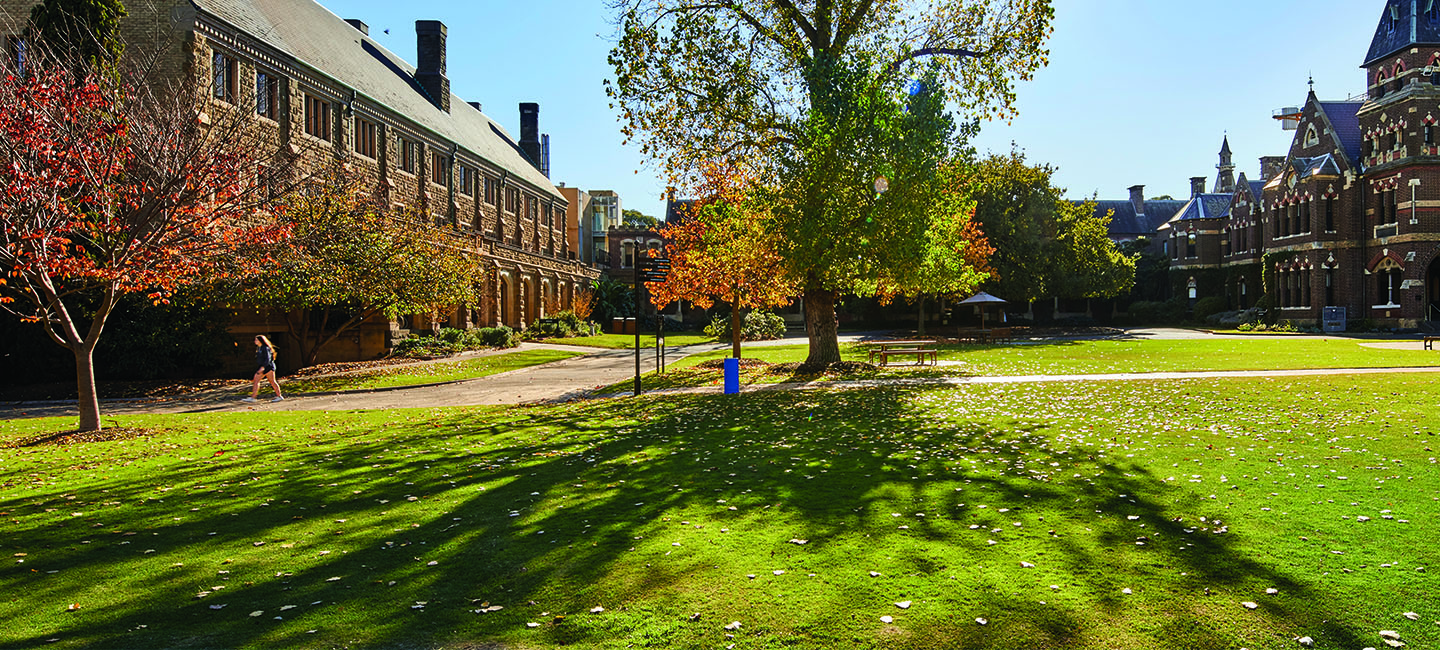

In 2015, Miranda was awarded the Bachelor of Arts Medal or Dux for the Faculty of Arts from the University of Melbourne. It was during this period she pursued her interest in archaeology studying a Bachelor of Arts (First Class Honours in Classics).
Besides her academic achievements, Miranda also works as a resident tutor, tutoring undergraduate students in subjects including Ancient World Studies and Latin.
As a budding archaeologist, Miranda has been on expeditions throughout Victoria, Israel and recently returned from Romania.
You recently returned from Romania. What was the purpose of the trip and what were your impressions of the country?
I recently travelled to Romania for three weeks to work on the excavation of an Imperial Roman Villa. I worked in an international team from Romania, the USA, Canada and Britain. I was based in a town in Transylvania called Rapoltu Mare.
I loved Romania – the culture is incredibly welcoming and hospitable. There are so many layers of history, and it was exciting how everyone was very interested in our work, and really respected the role of the archaeologist.
Dracula did not make an appearance.
I understand you made a few discoveries while on the dig in Romania. What did you find?
Luckily my director owns some rather excellent radar surveying equipment so we were able to dig trenches over where we knew that the main part of the villa actually was! In my square we uncovered the collapse of a wall, a lot of collapsed roof tiles and some artefacts from the house. Nothing's been published yet so I can't tell you exactly what! Even something as mundane as roof tiles are beautiful though, because they have lots of little marks (such as swirls) left by their makers.
How do archaeological sites in Romania compare to Australia?
Obviously in Romania it’s exciting to be able to excavate a Roman, Dacian, or Medieval site…but there are similarities to working in Australia. On a Roman site you’re looking for built remains and the artefacts associated with it and that’s pretty similar to working on ‘Historical’ (ie post white settlement) sites around Victoria. Indigenous Archaeology is very different. You’re looking for more of what I’d call a mindscape – you won’t find any built remains but the dispersal of artefacts can tell you a lot about how the site was used.
But no matter where you are working, the aim is the same – to find out more about the stories of the people who lived there.
Where does the interest in archaeology come from?
I suppose I went through that Ancient Egypt phase that many of us have when we’re 11, but just never got over it. It’s always appealed to me because you can do physical work outside whilst still challenging yourself intellectually. It also gives us the ability to understand the experience of historical groups who are not recorded in written history, which is really powerful.
How have you found being a resident tutor at Trinity?
I’ve really enjoyed working with the talented and diverse group of students that are living at college this year. I definitely learn more from them than they do from me. All the staff has also been incredibly supportive and it’s been really refreshing to come back to the College and have a completely different role in the community after being a student here.
What about Trinity do you think makes it unique?
I don’t know too many places where you can regularly sit down to lunch with an architect, a vet and a particle physicist… For both students and staff, I think living alongside people from such diverse disciplines is incredibly stimulating and rewarding.
Related News

50 years on: Trinity to host symposium examining Malcolm Fraser's legacy

Trinity College unveils significant addition to ER White Collection

Meet your TCAC student committee for 2026

Introducing the ninth Warden of Trinity College

Our Way: Celebrating Indigenous Art
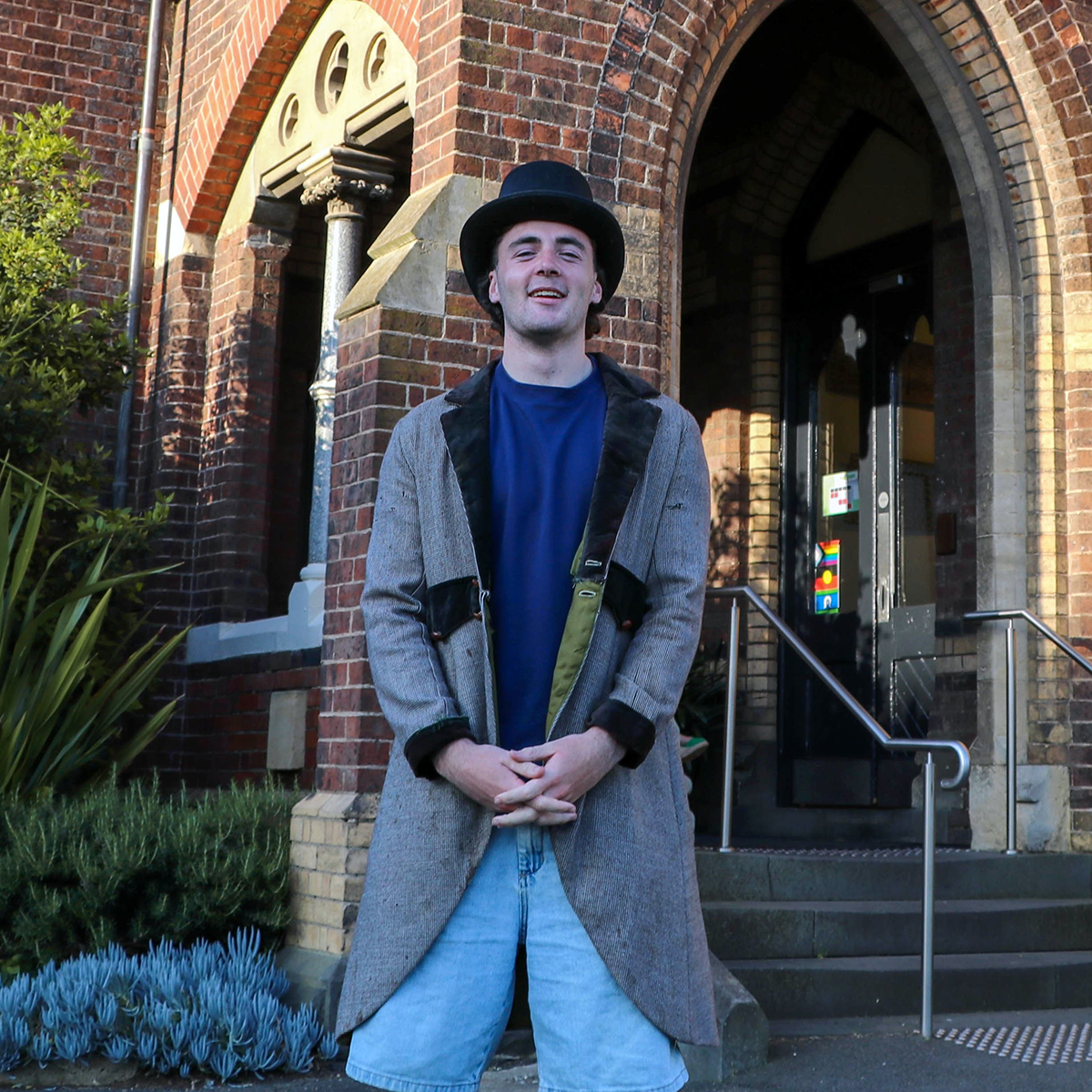
The Badimaya man from Ballarat on ‘unlocking students potential’ as Trinity Senior Student

A new world of wine

Jack reaps the rewards after taking a leap of faith on Trinity College

Marketing to the next generation: considerations in a rapidly changing world

First year resident Harvey says ‘there’s always someone to chat with’ at Trinity College
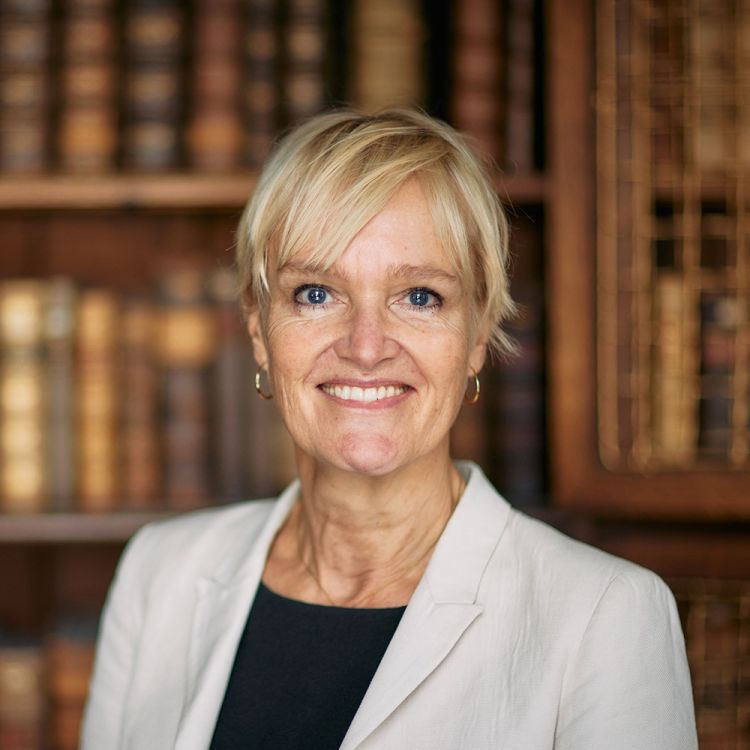
Making greener, ethical choices for better business

A message from Professor Ken Hinchcliff

Gyan Angon on his move to the big smoke

Eight ways to be a more sustainable Trinity student

Kicking for home: Trinity alum Vicky Tan on balancing research at Oxford with captaining its Aussie rules team
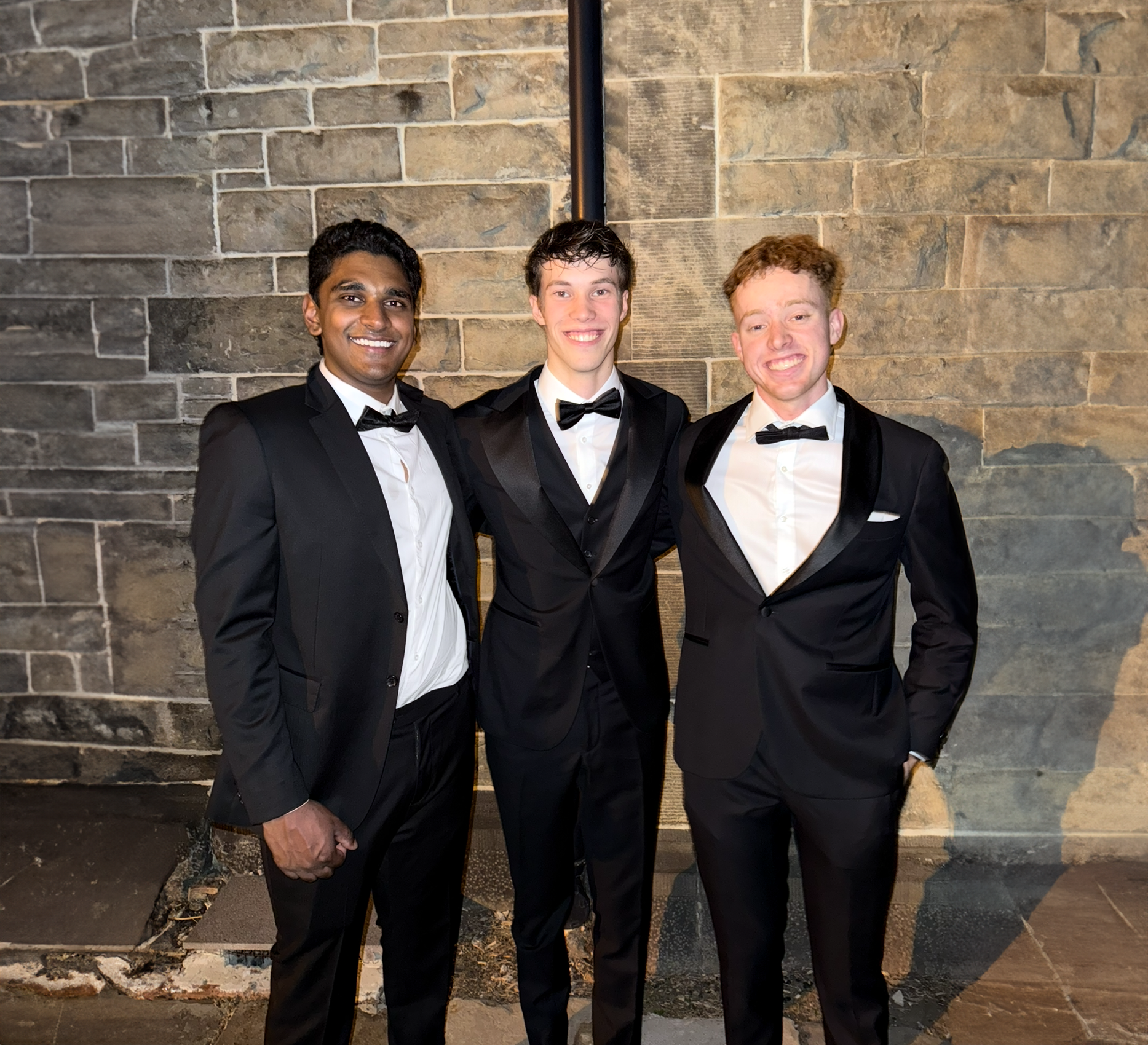
Jack's journey from Mareeba to Melbourne
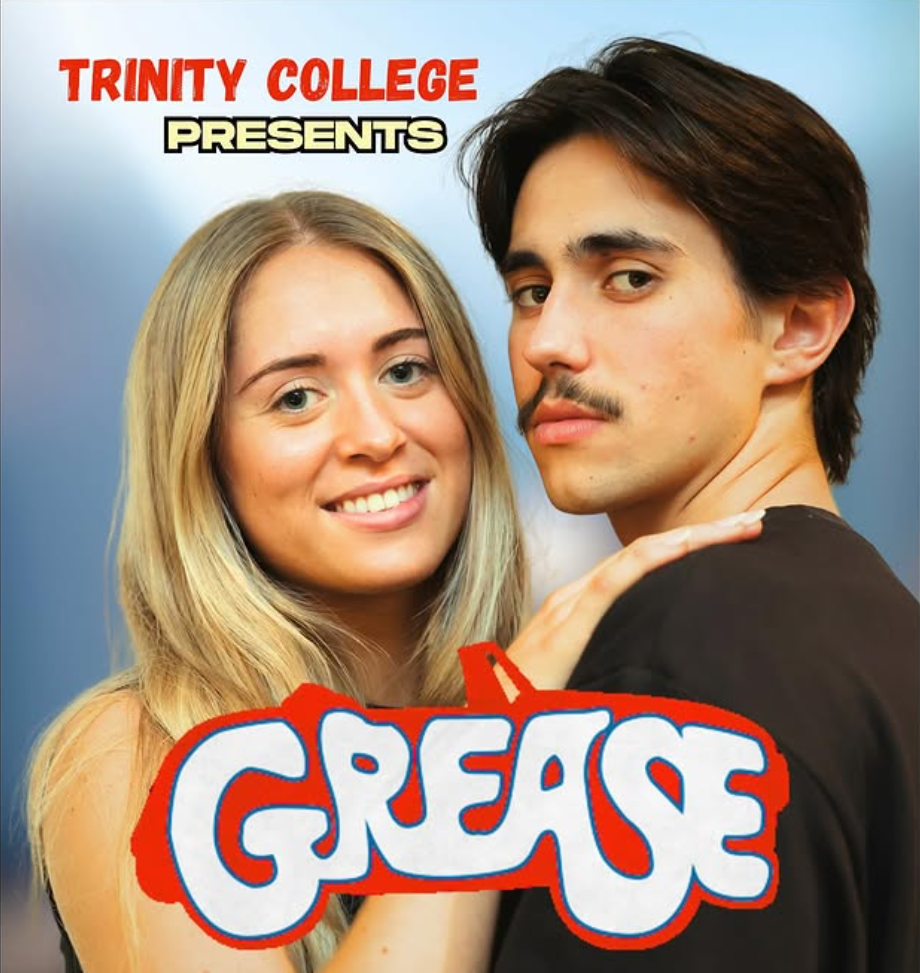
We talk to the people behind Trinity's Grease the musical

Spontaneous friendships and helpful tutorials have ensured a memorable start to College life for Hugh
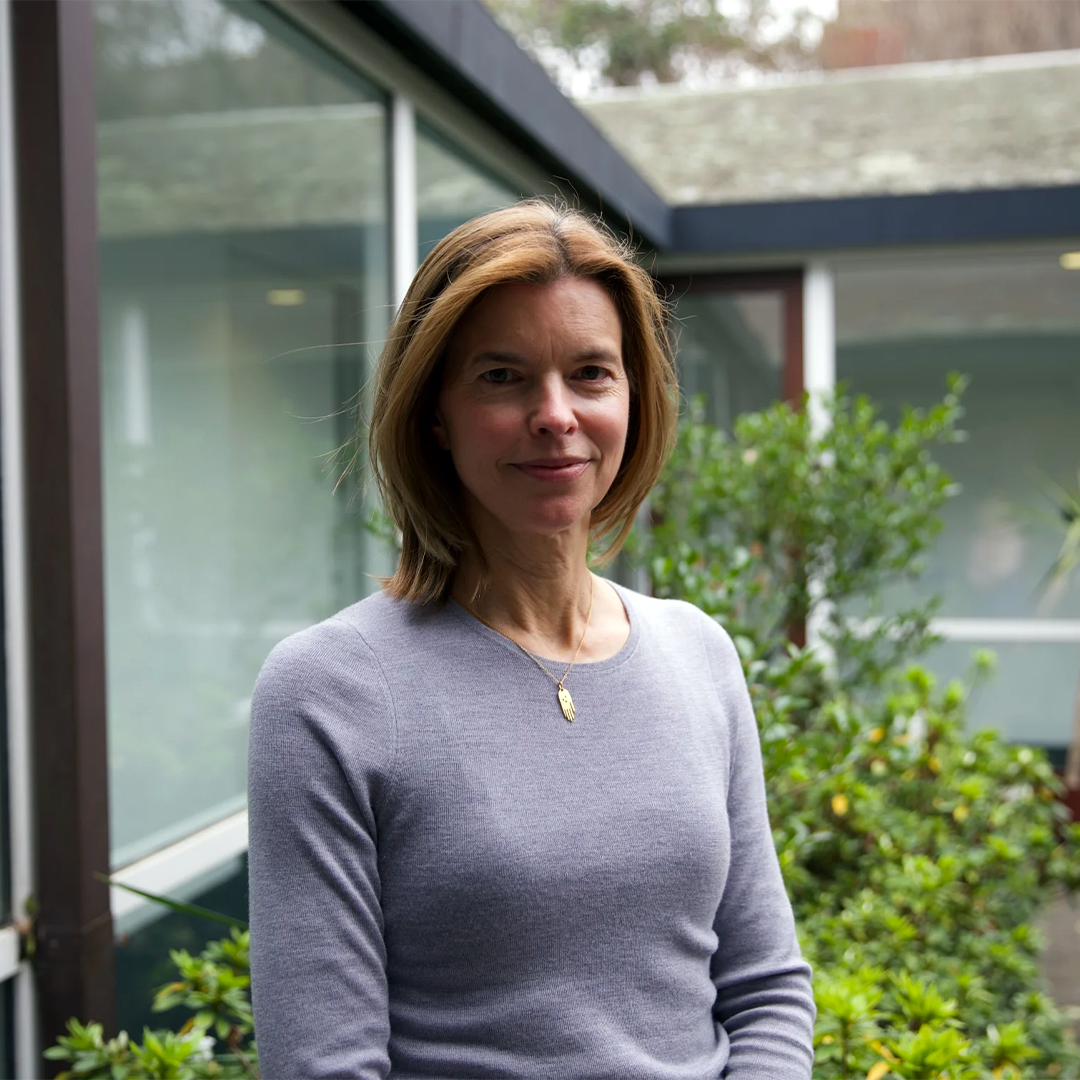
Kirsten Gray appointed Chair of the Trinity College Board
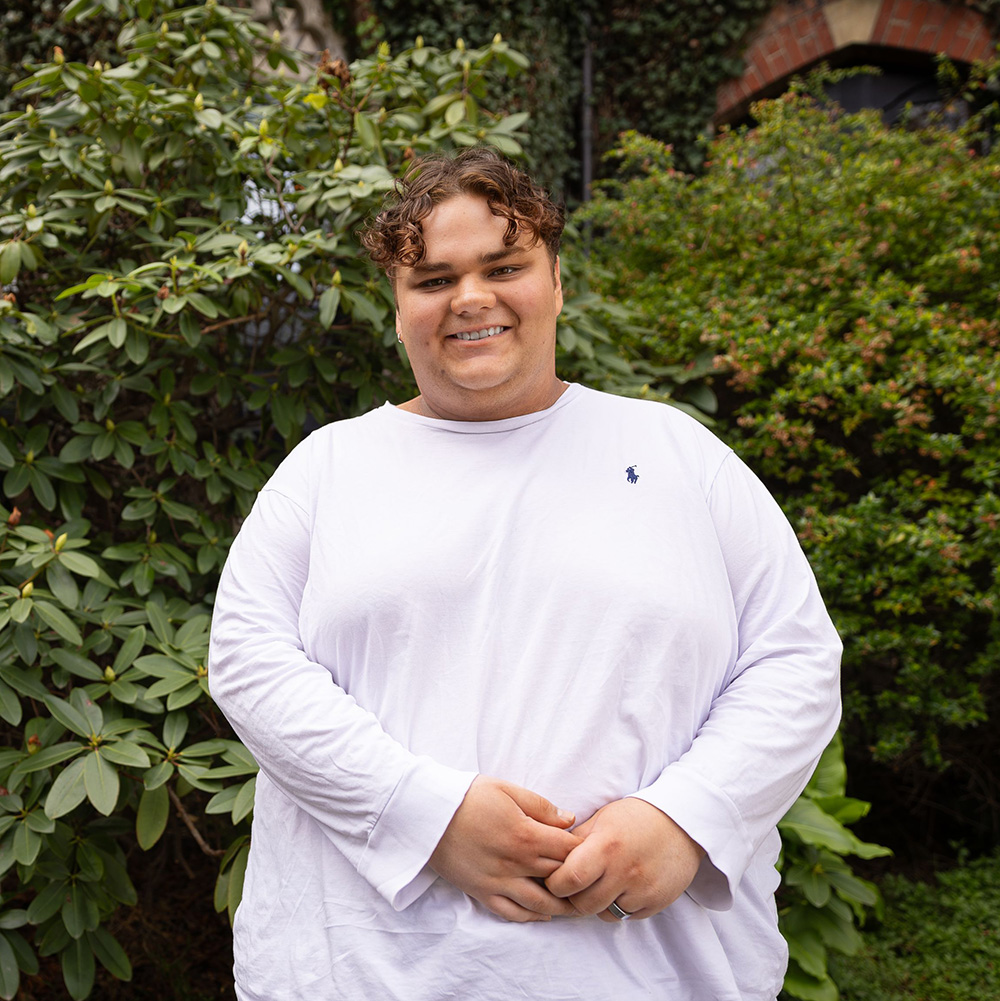
Bridging the gap: an equitable future for First Nations people
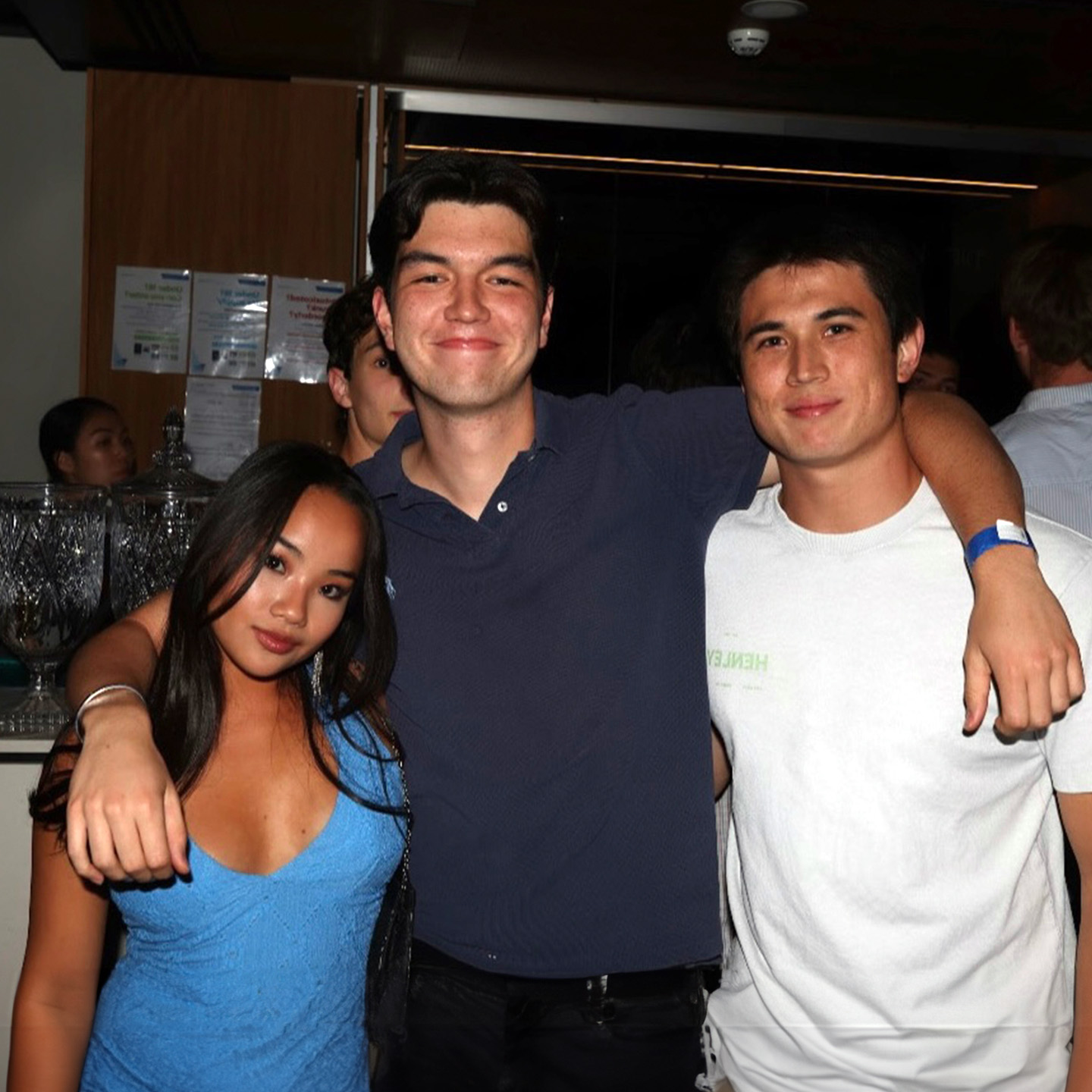
For Cheryl, heart to hearts and plenty of laughs are defining her Trinity experience
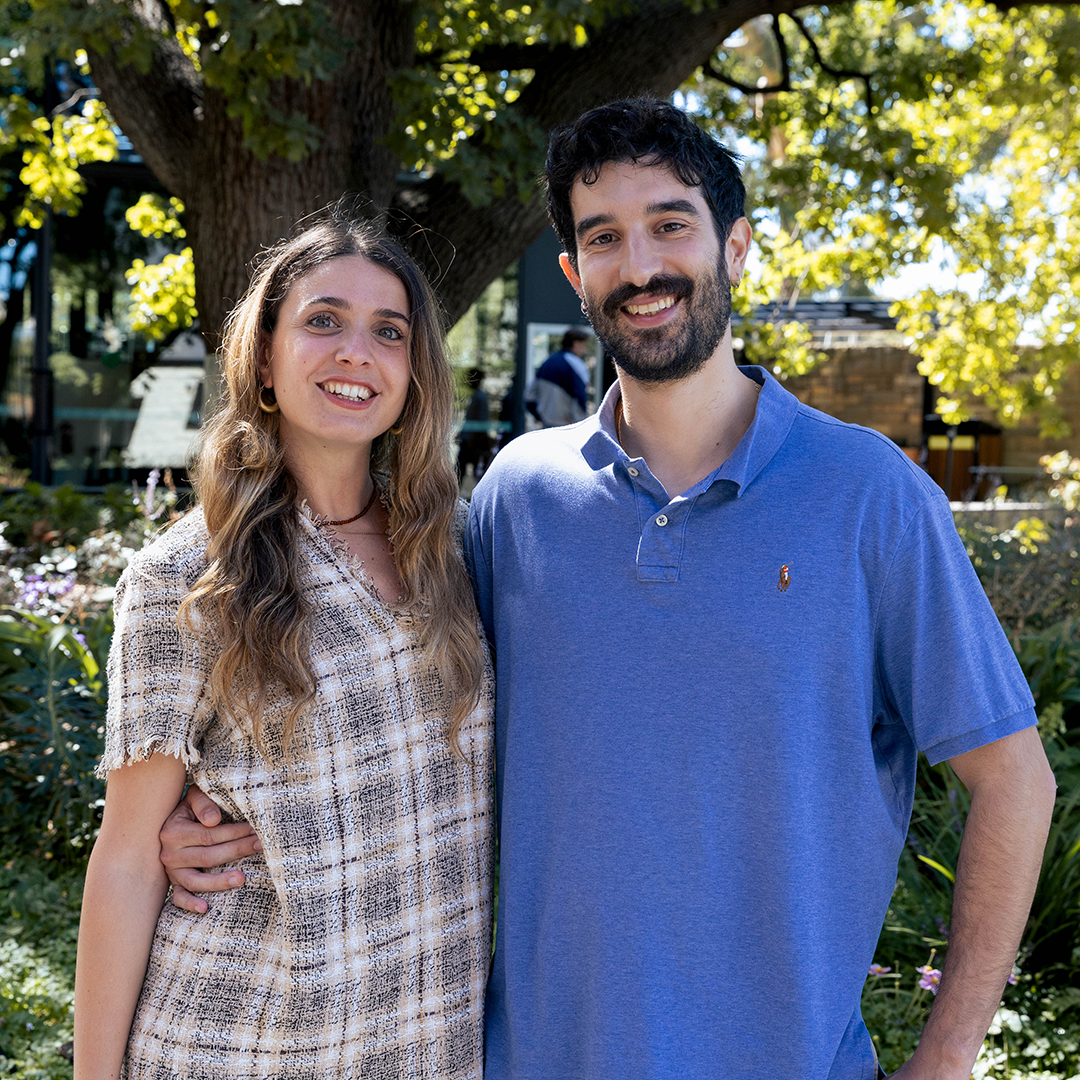
Visiting scholar Pietro Lorenzetti on Trinity hospitality and renewable engineering challenges
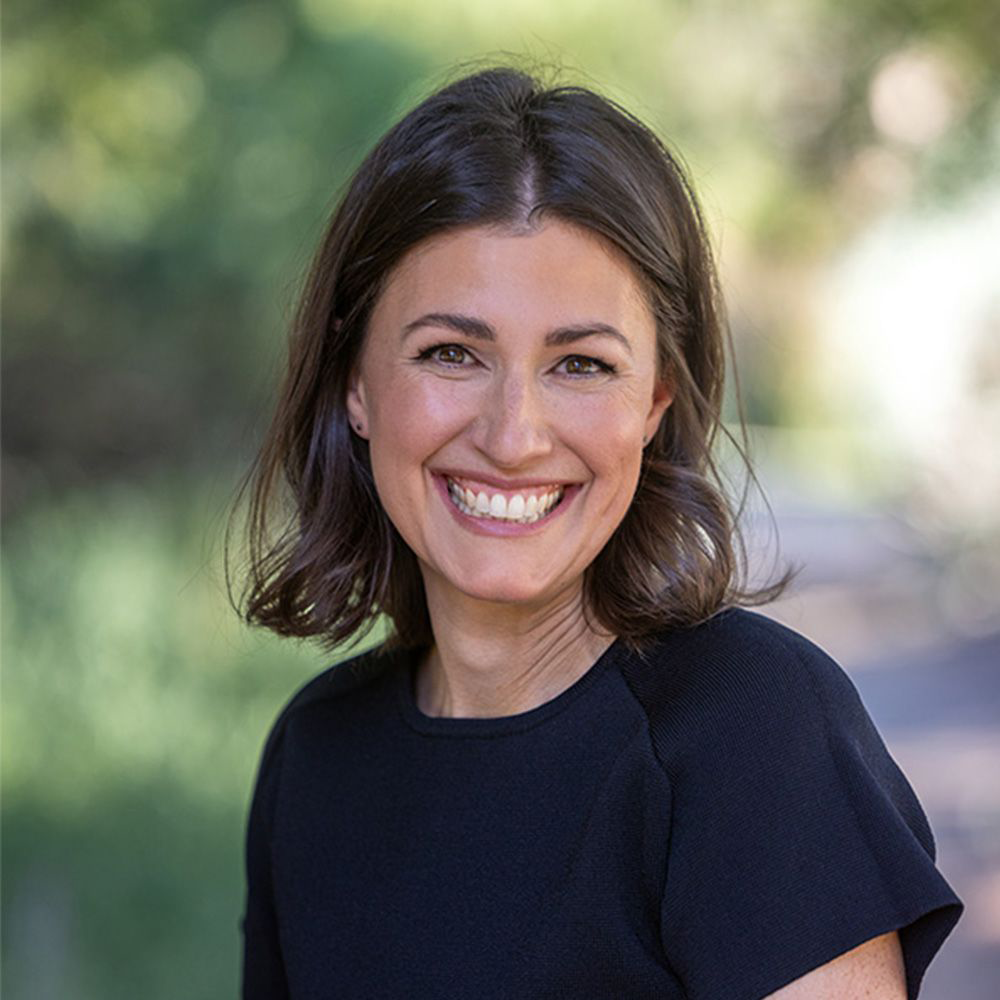
Meet the Trinity alum who's striving for an inclusive parliament
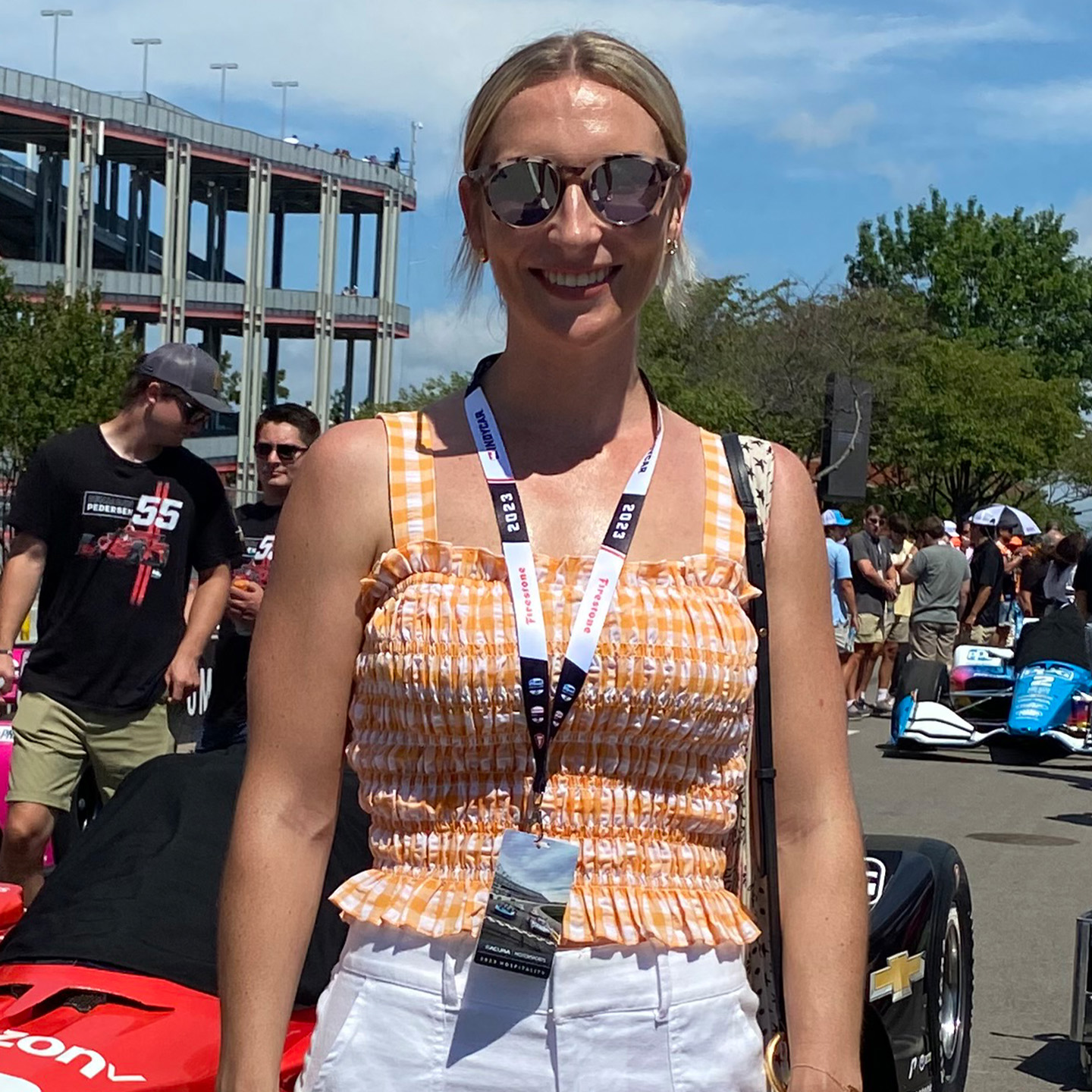
Freya Brolsma: a racing podcaster's journey from the Bulpadock to the F1 paddock
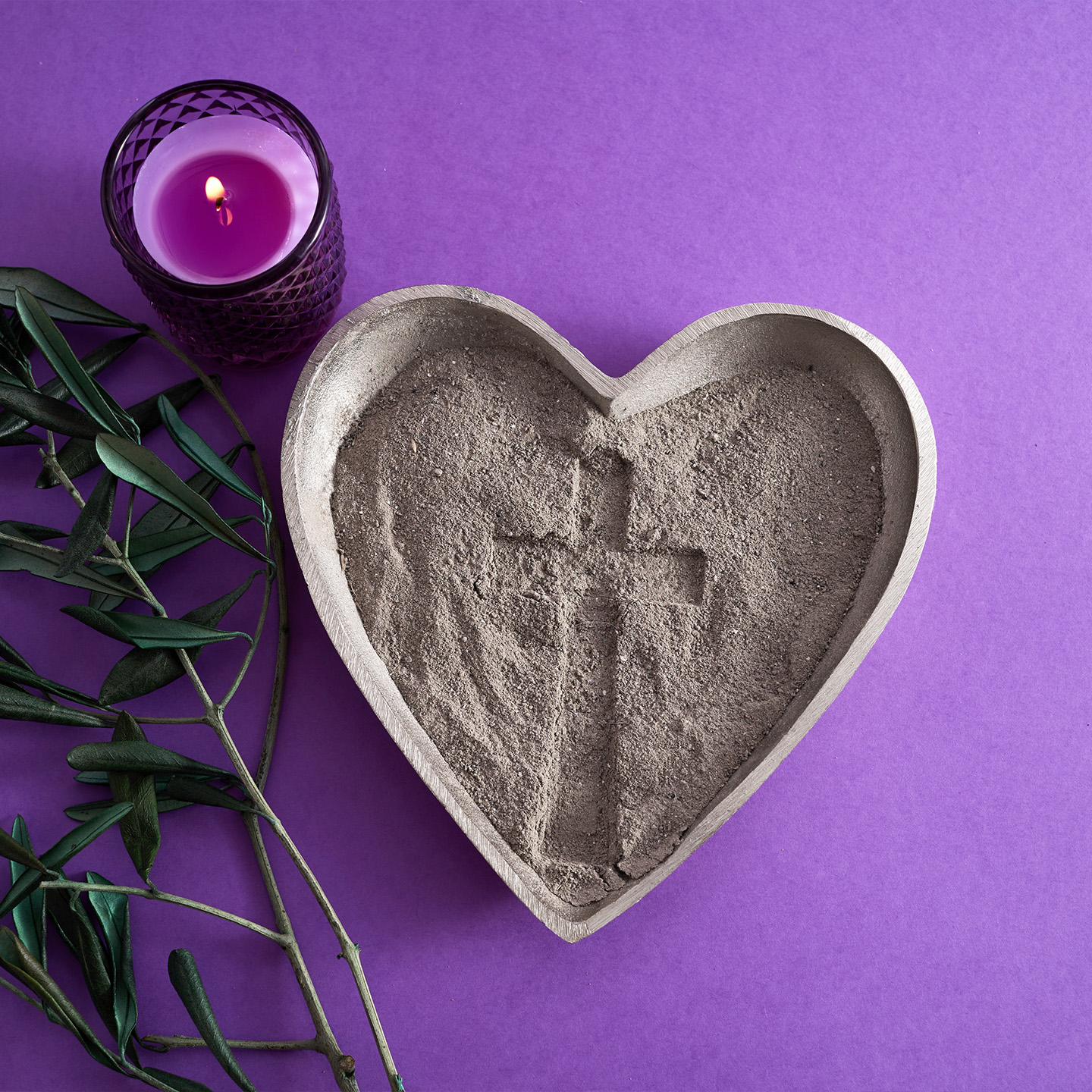
What is Lent?
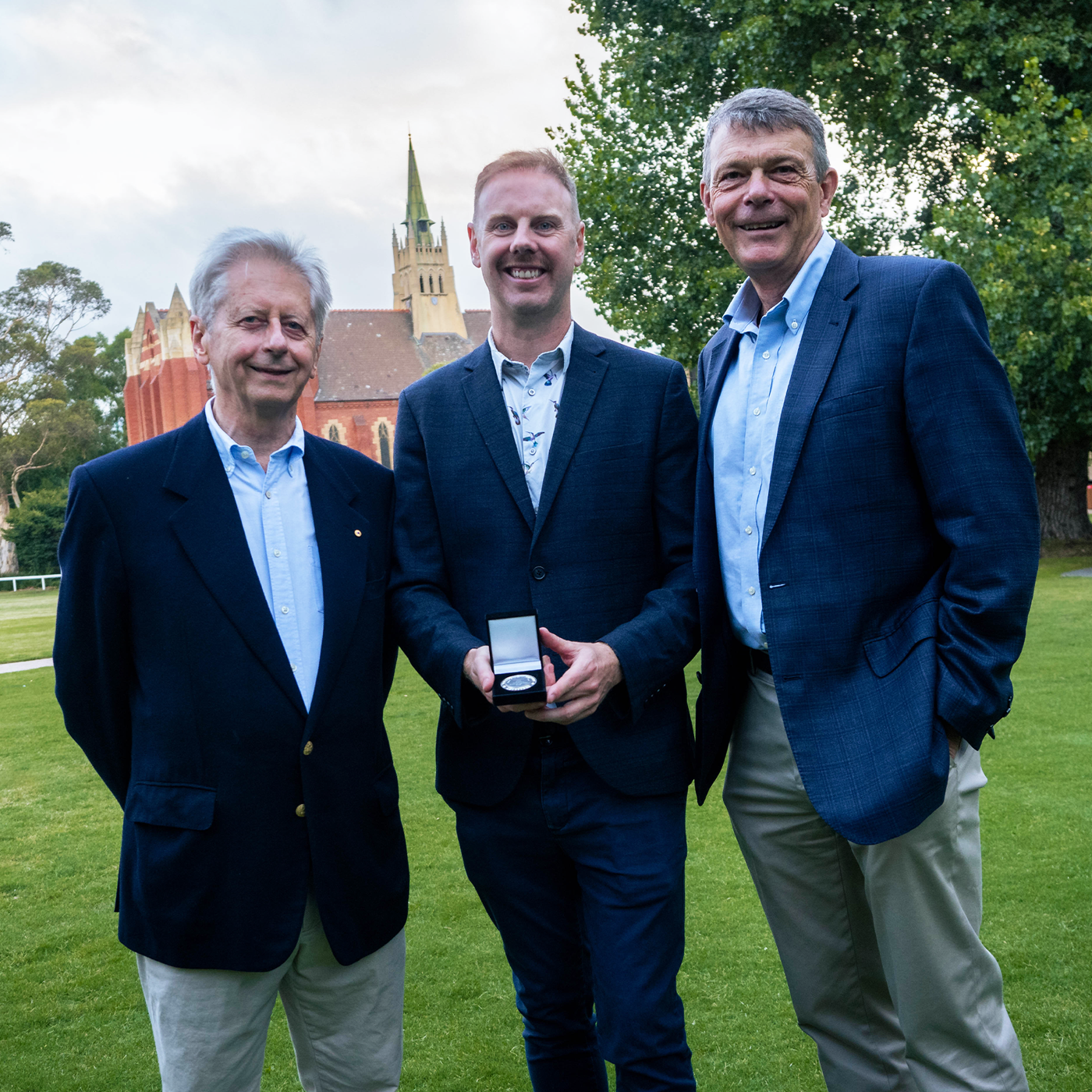
Trinity breaks with tradition to announce joint Alumni of the Year
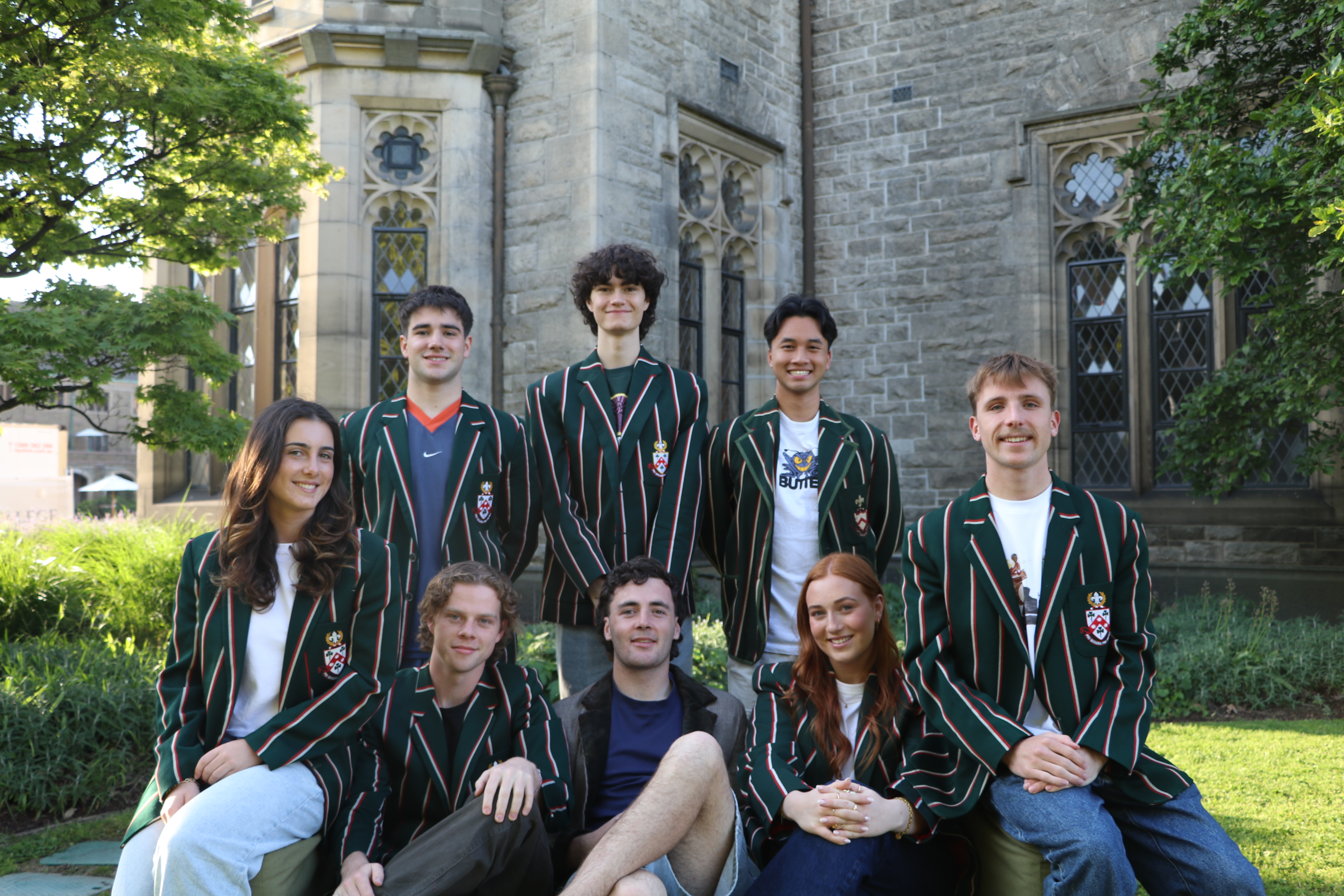
Meet our TCAC student committee for 2025

What is Trinity's Wine Cellar student committee?
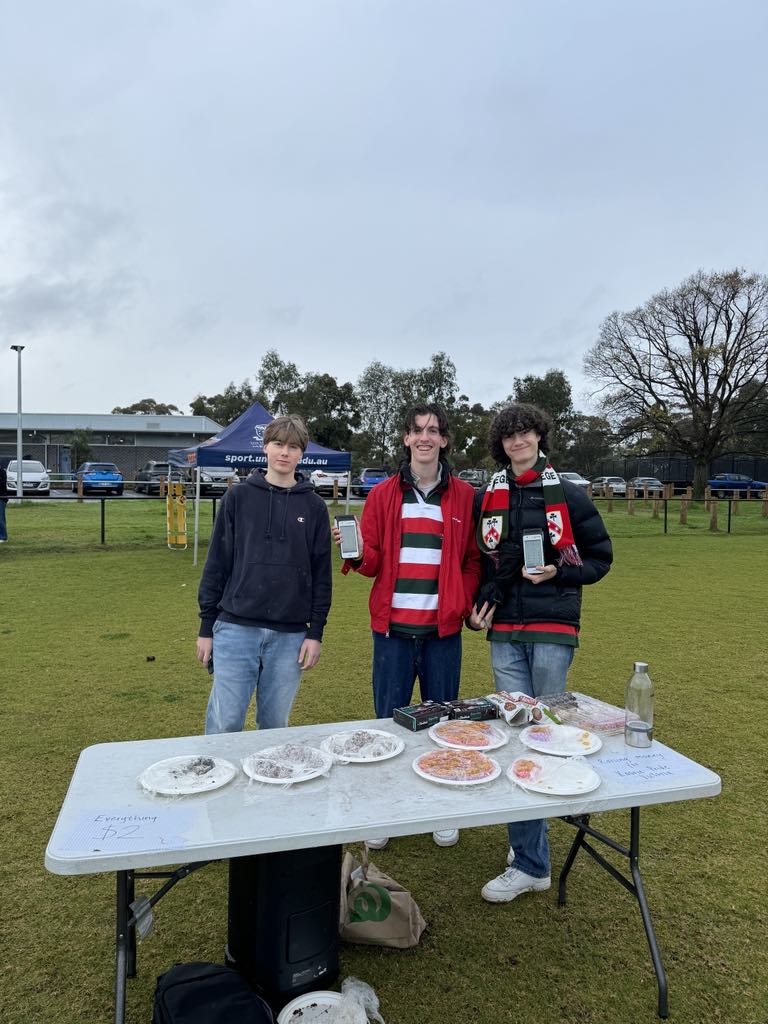
What does our Outreach Committee do?

Residential College student Ravin Desai shares his passion for politics and journey at Trinity
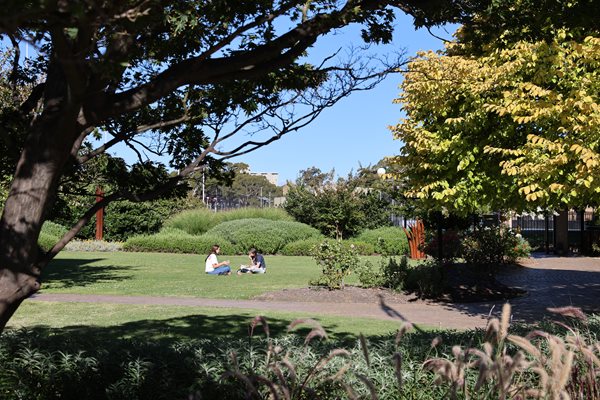
Learn about the Wellbeing and Inclusivity Committee at Trinity
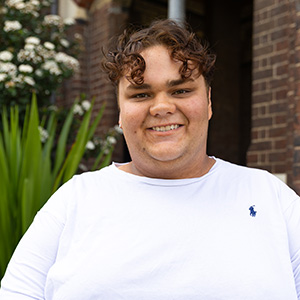
Elias Jarvis and Anisha Damaso on the value of Kumergaii Yulendji at Trinity College
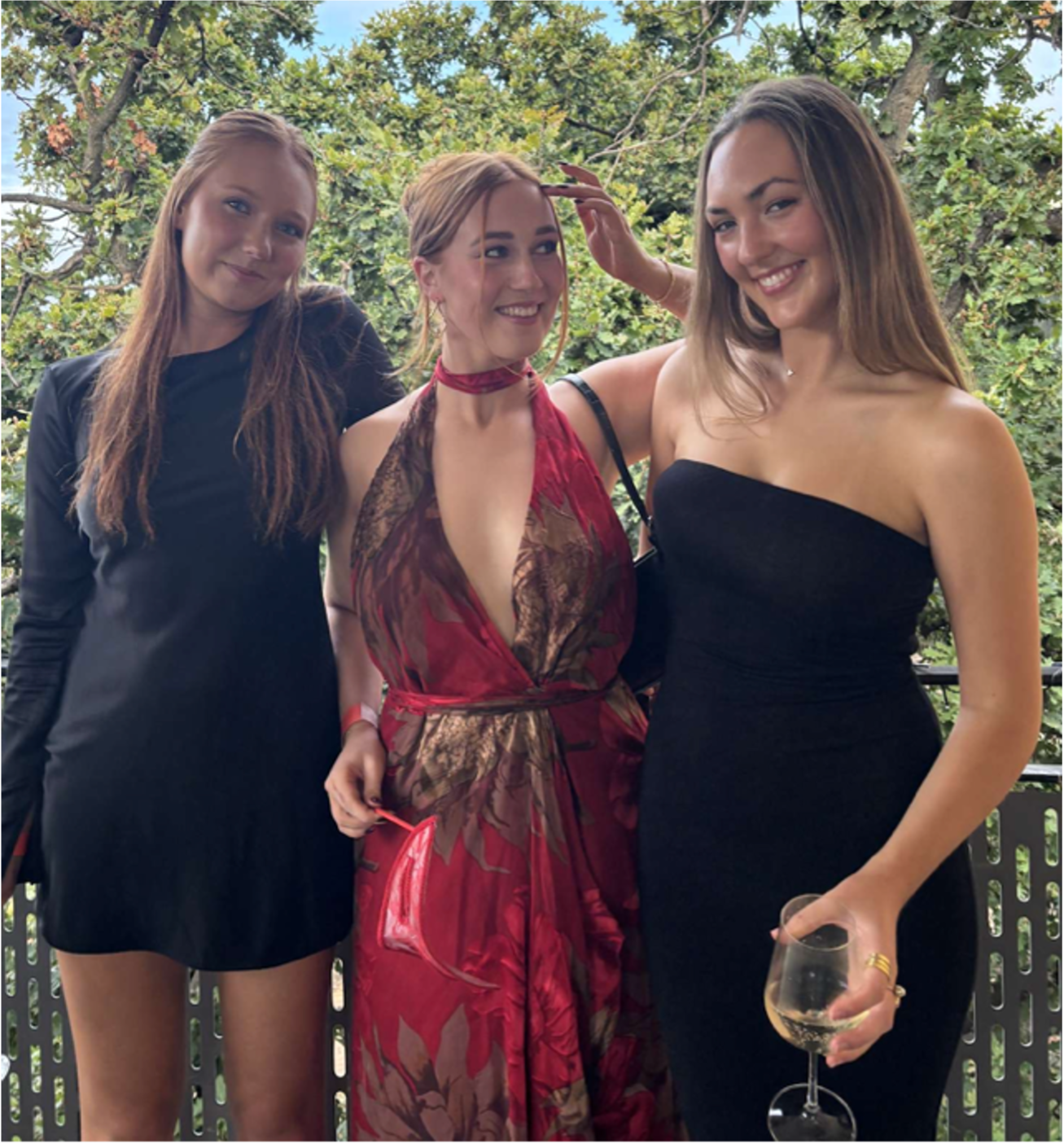
From Albury to Melbourne: Rosie Bradford's story
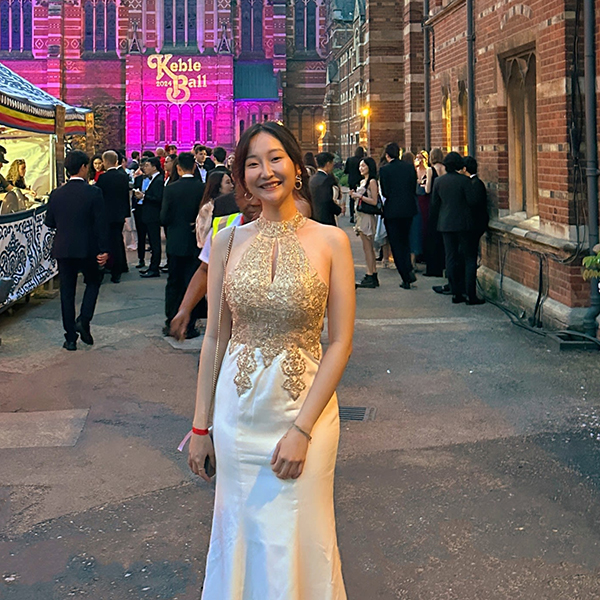
From Foundation Studies to the Residential College to Oxford: Xinran’s story
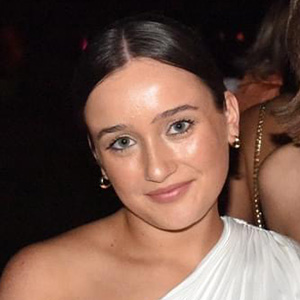
From the surf coast to Melbourne
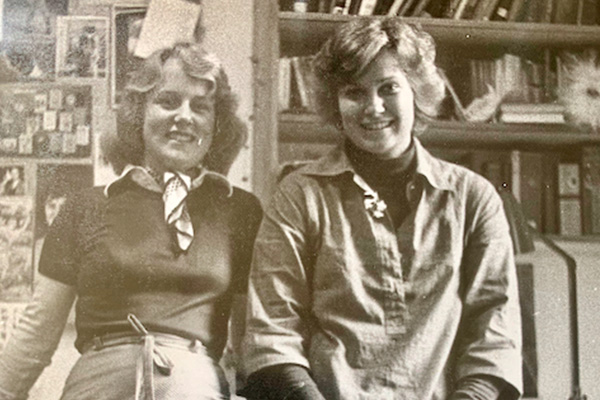
1974 vs 2024 for a woman at Trinity: what’s changed and what’s stayed the same?
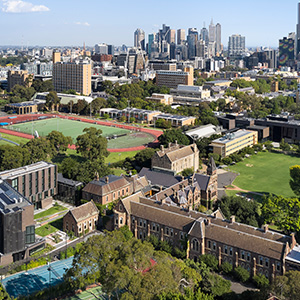
The best things to do in and around Parkville

Meet Trinity's aspiring art curator Seb Moore
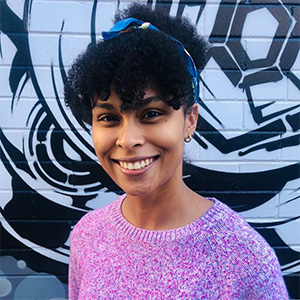
Meet Nakata Brophy prize winner Jasmin McGaughey
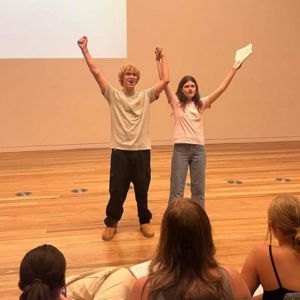
Book now – Heathers: The Musical
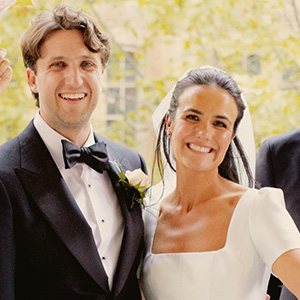
A love story for Valentine’s Day: Matt Hargreaves and Kirsten Callander
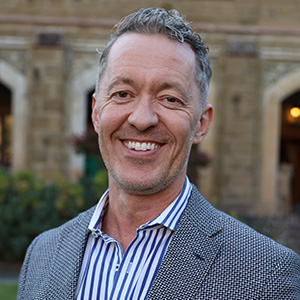
Announcing our 2024 Alum of the Year
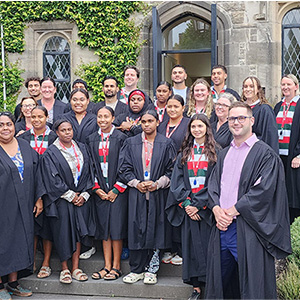
Trinity College Indigenous Summer Camp
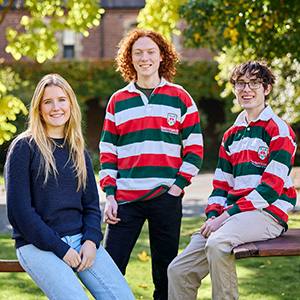
7 tips to prepare for a residential college interview
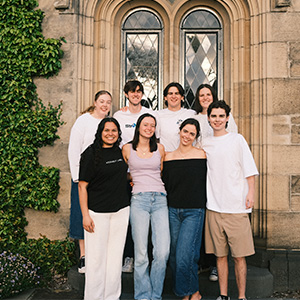
Introducing our TCAC for 2024
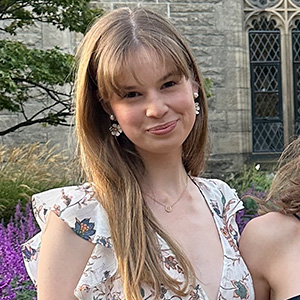
Moving to Trinity from overseas: Katie's story
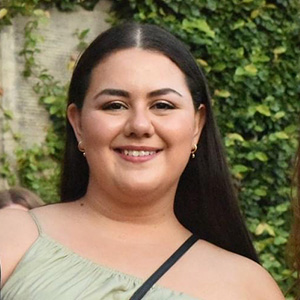
Moving from a regional area, stressing about your ATAR and worried you won’t know anyone? Read Hazel’s story.
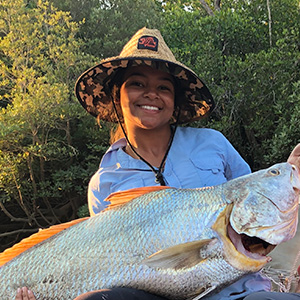
From Larrakia to Wurundjeri country: How Anisha is inspiring other Indigenous students to dream big
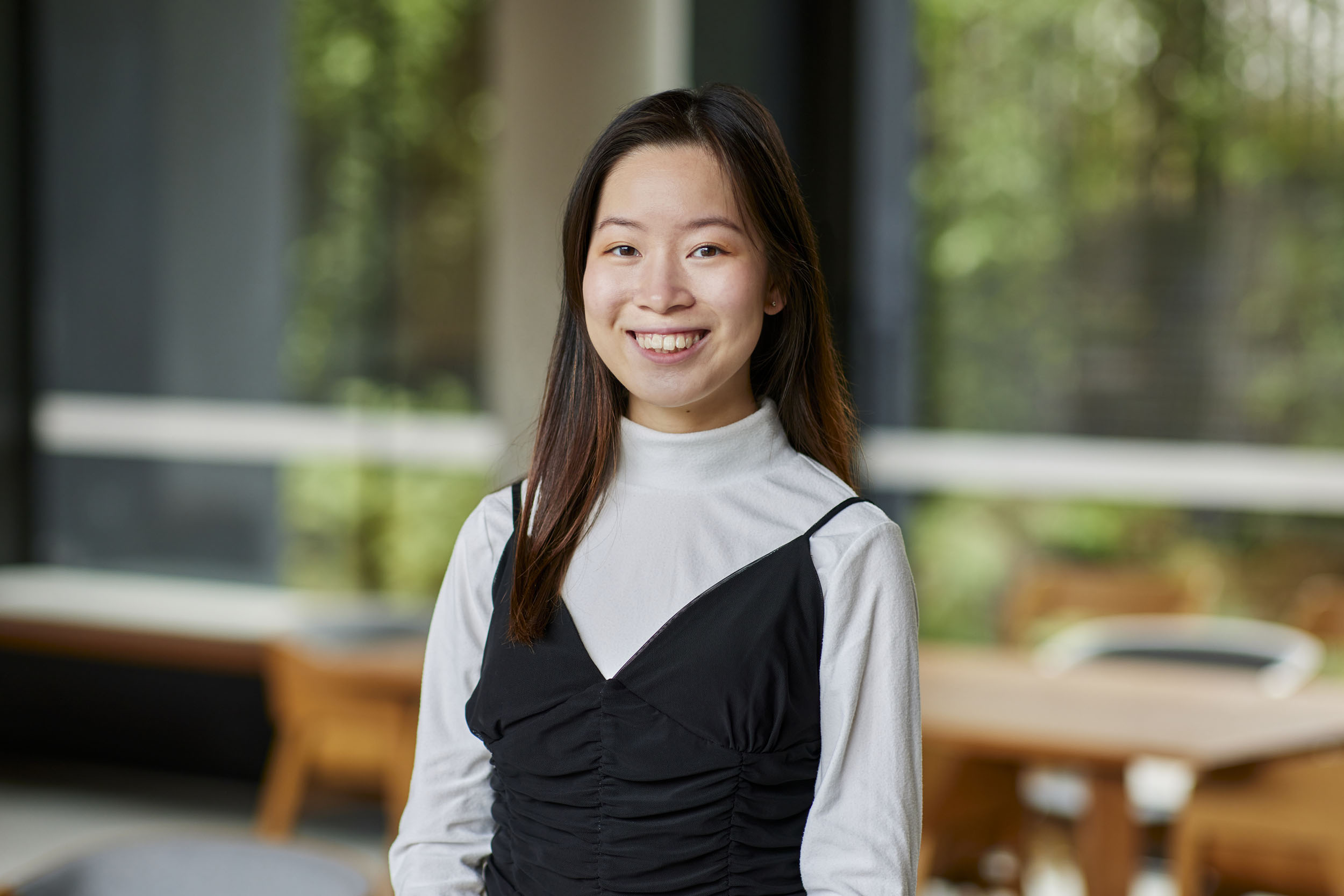
Meet Admissions Coordinator Wendy Ngaturi
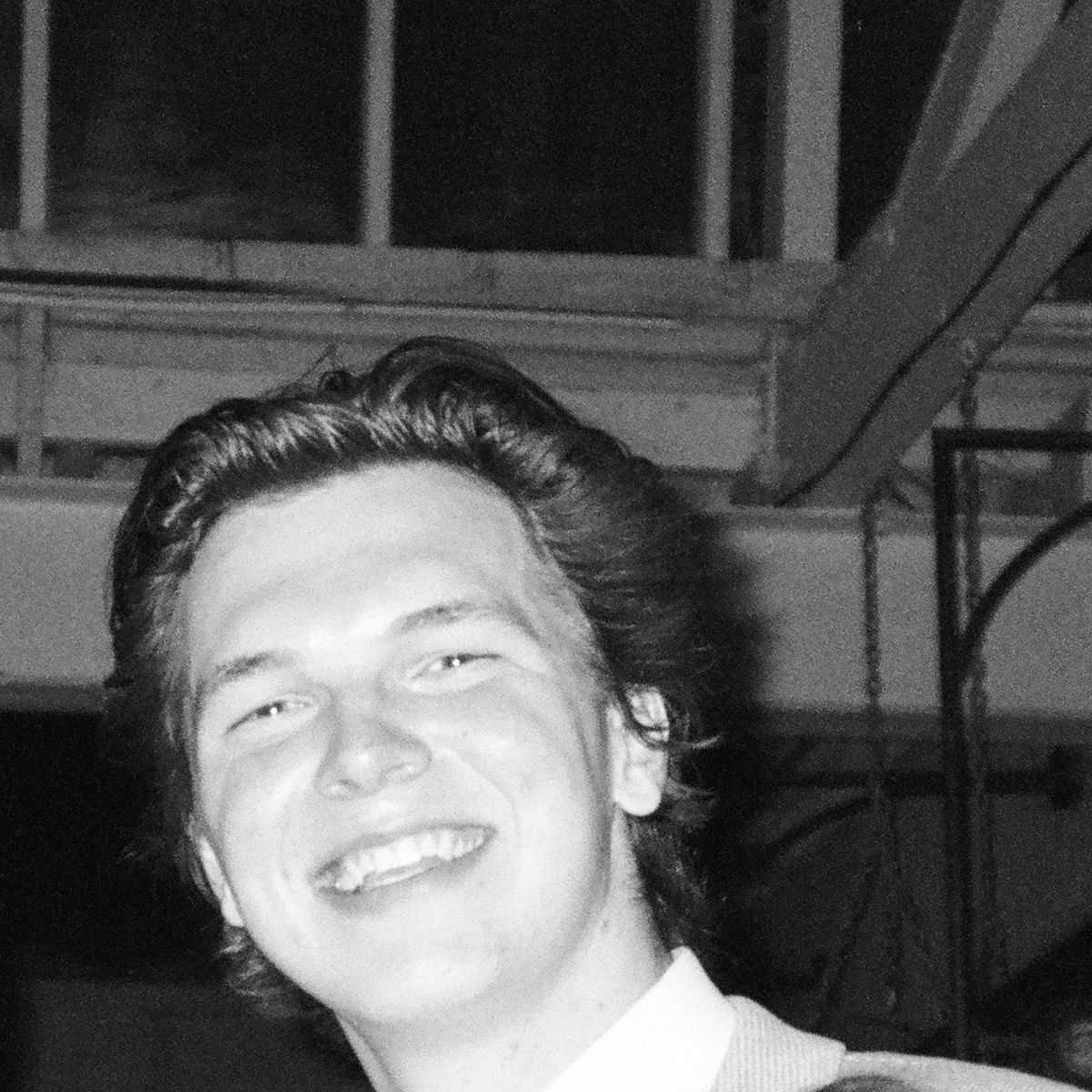
Hugo Jordan on why there's no 'best thing' about Trinity
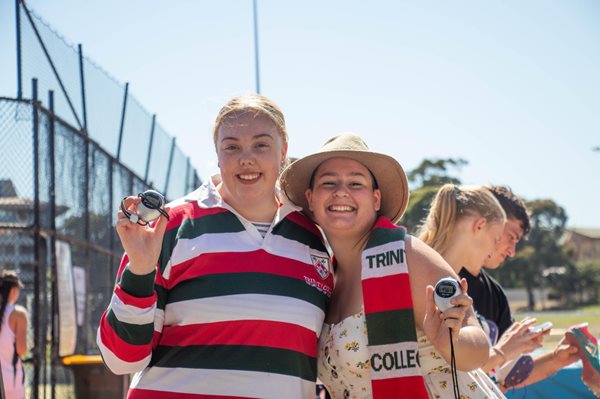
Kate Beggs’s journey from the Great Ocean Road to the heart of Melbourne city
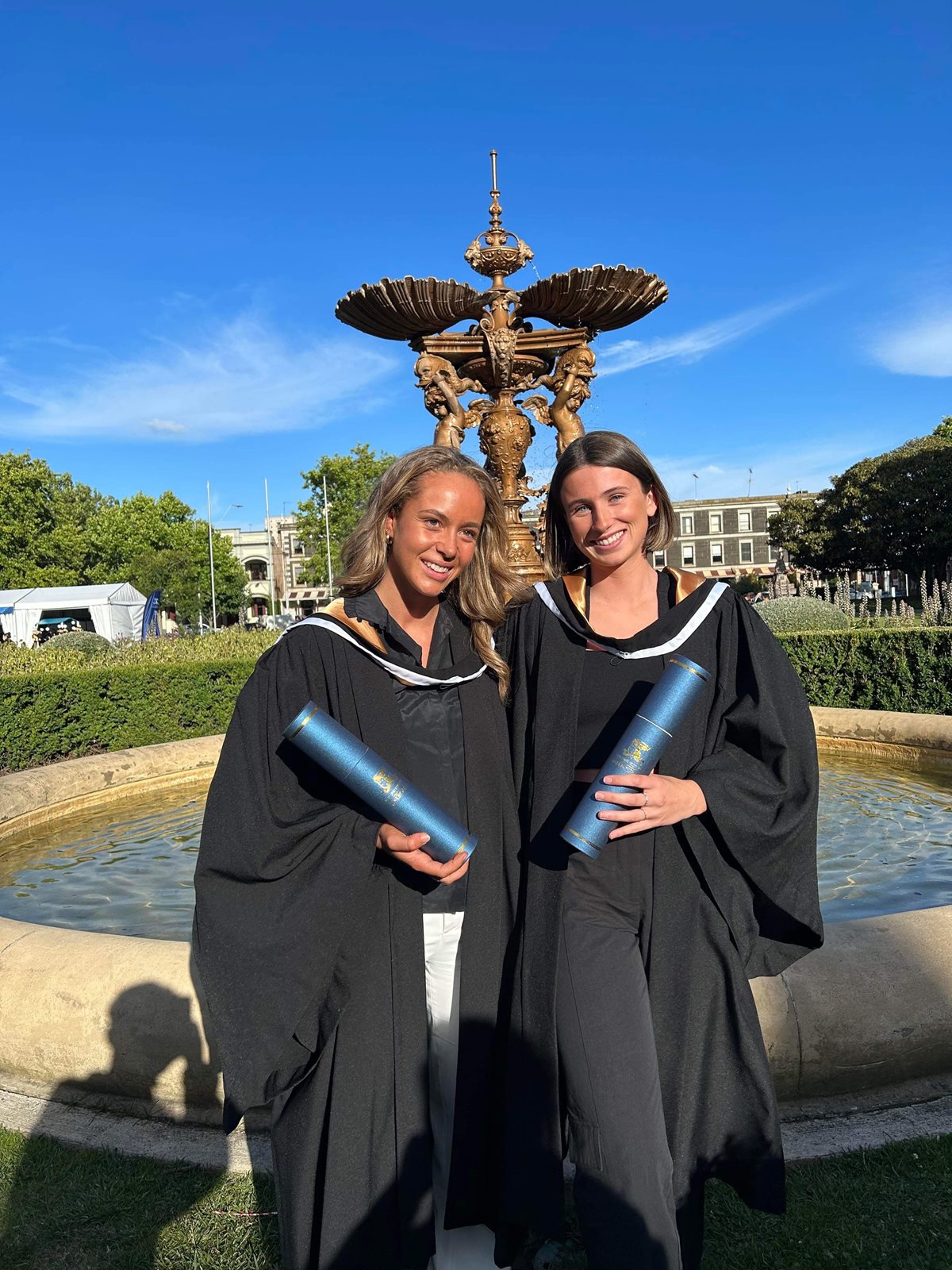
‘College is similar to boarding school, but with a fraction of the rules.’
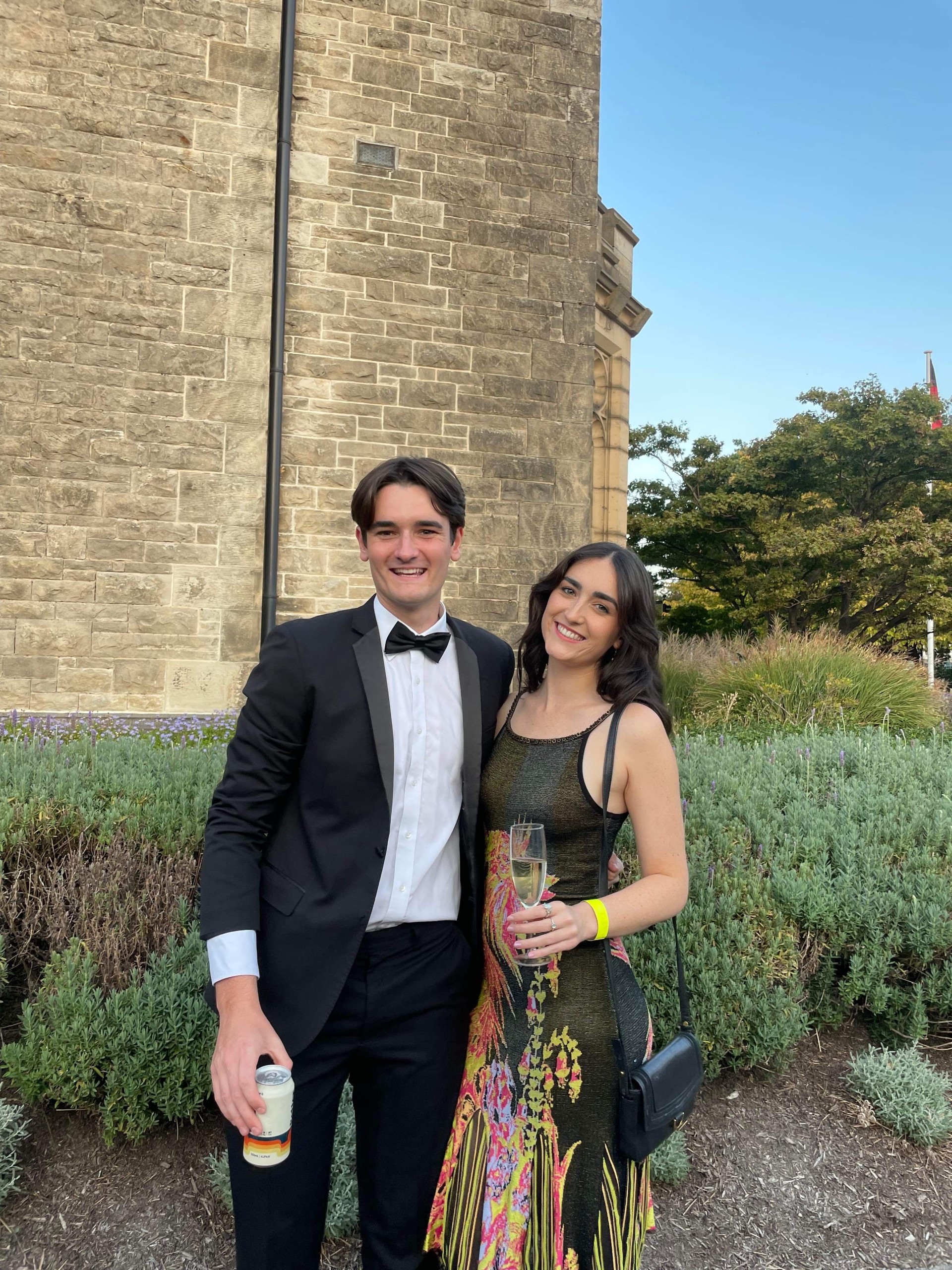
Freya Giles shares her experience of choosing and living at Trinity
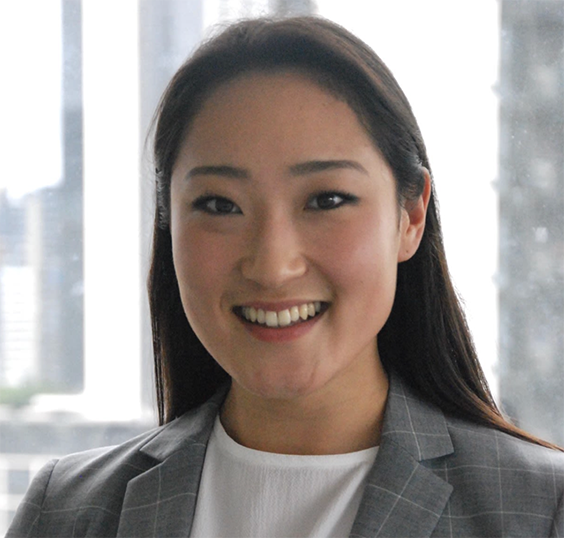
Former Perth student Tessa Moon shares her Melbourne college experience
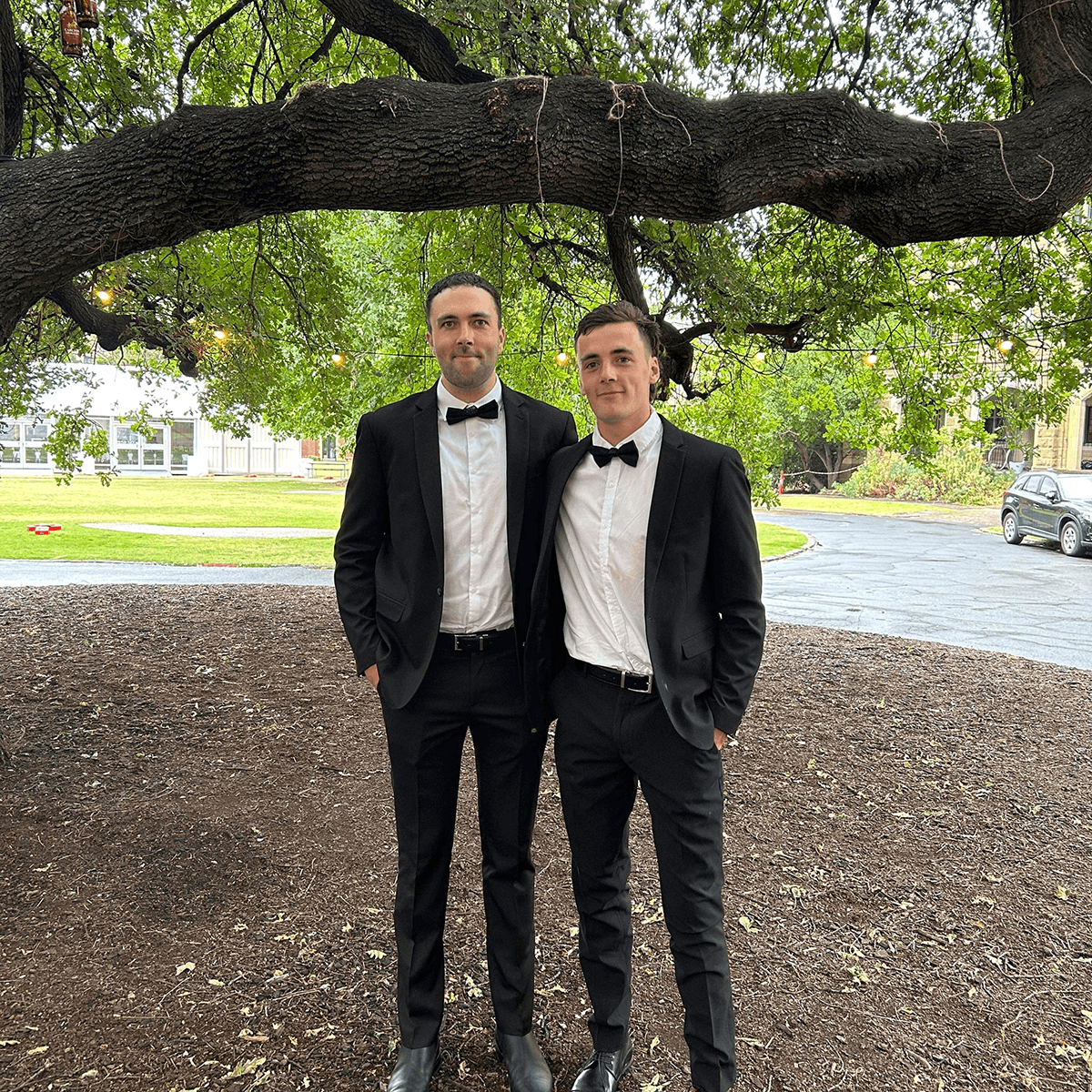.png?width=1200&height=1200&ext=.png)
Isaac Hucker, a proud Badimaya man, describes his journey towards choosing university and college life
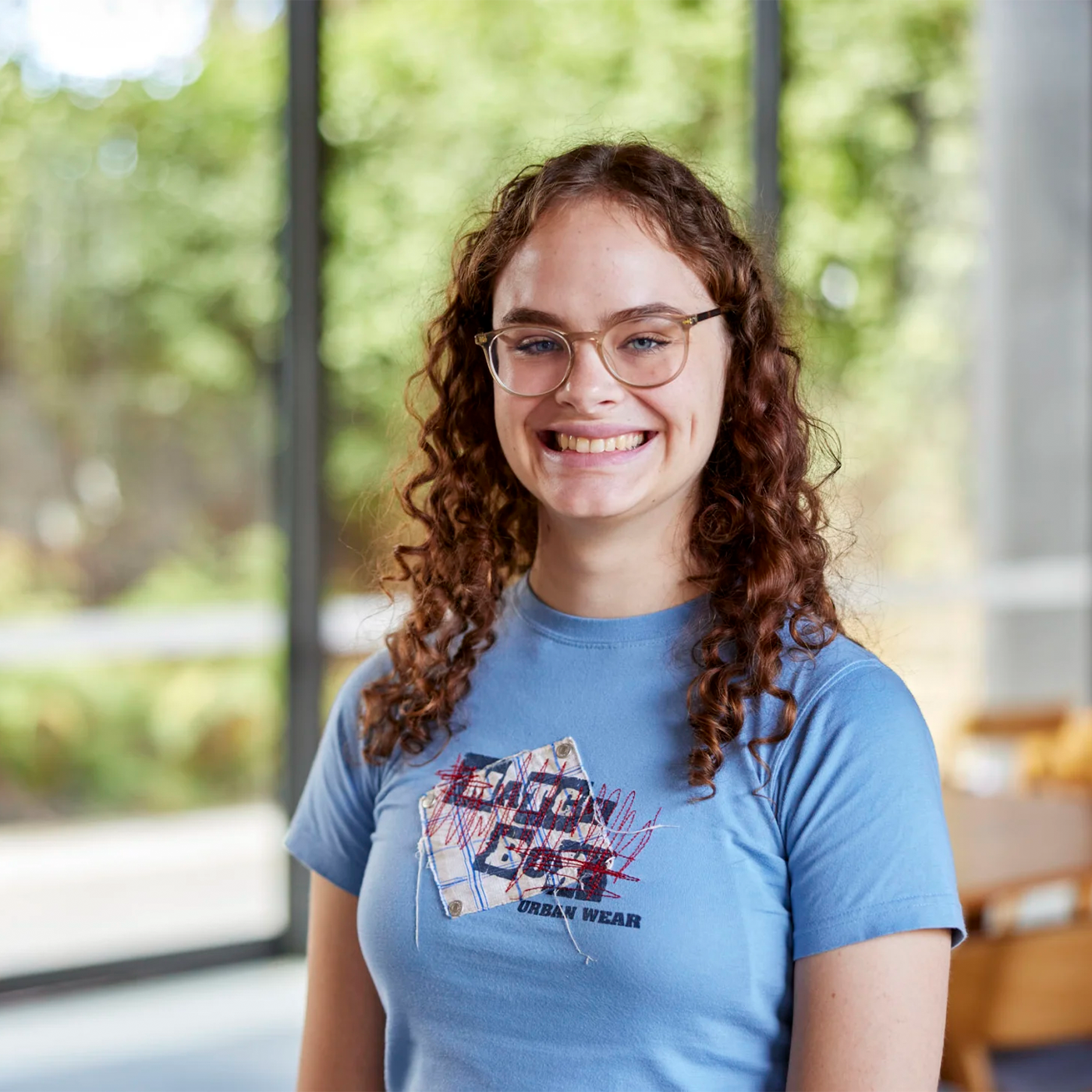
Mikayla Hand’s journey from Indooroopilly State High to studying at Australia’s top university
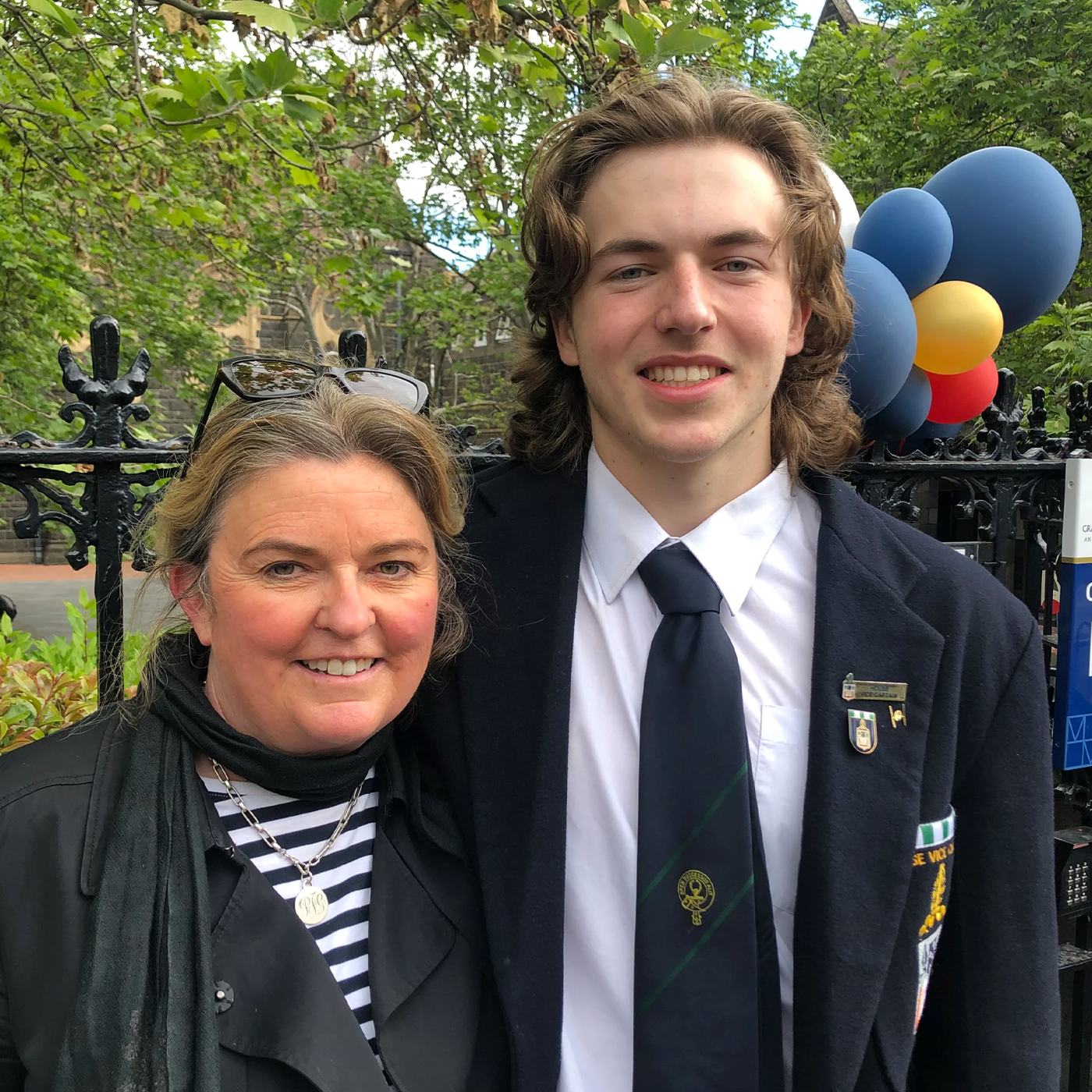
From farm life to Trinity College: Q&A with Fergus Guest
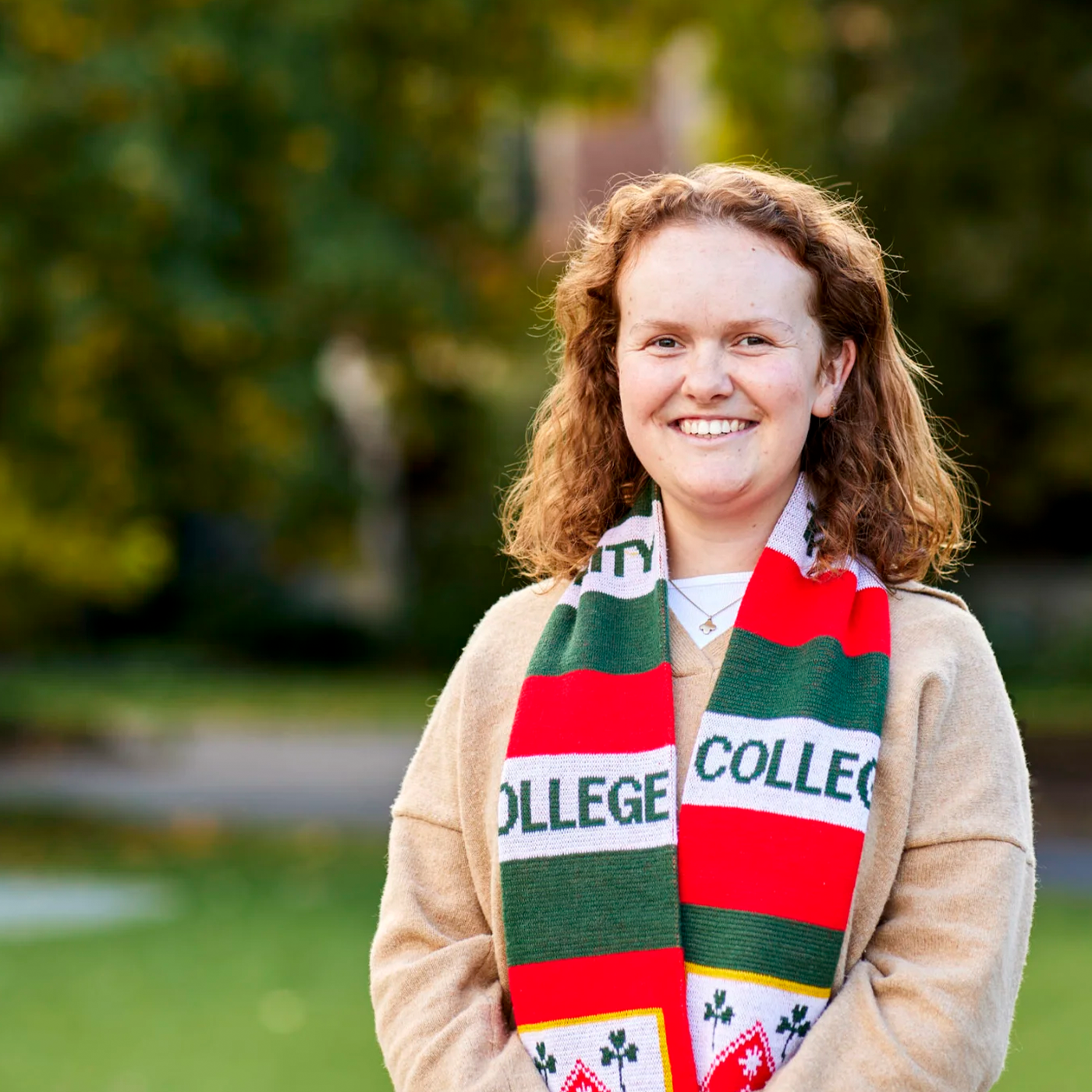
From country to city life: Why college is the complete package for Rosie
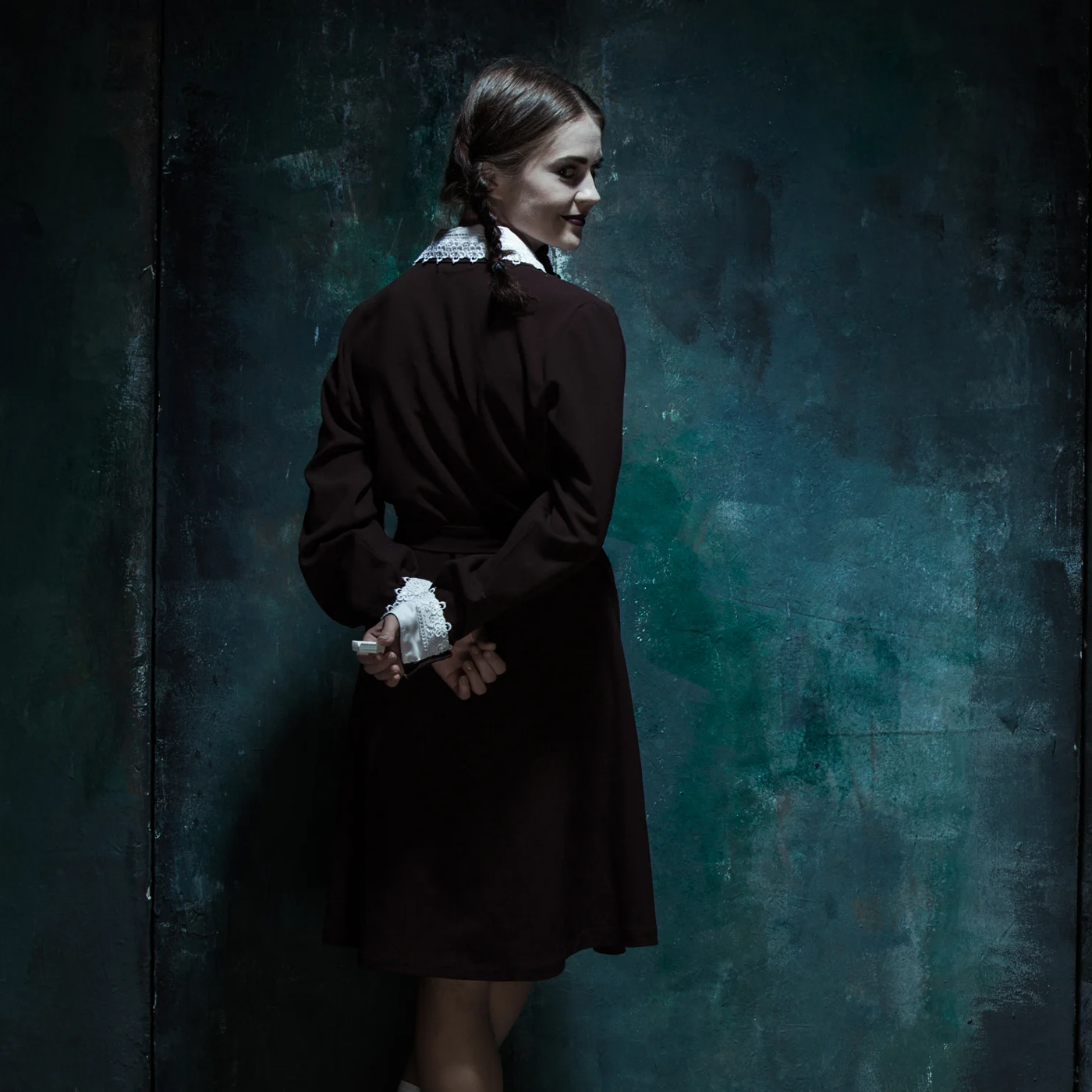
Book now: The Addams Family musical
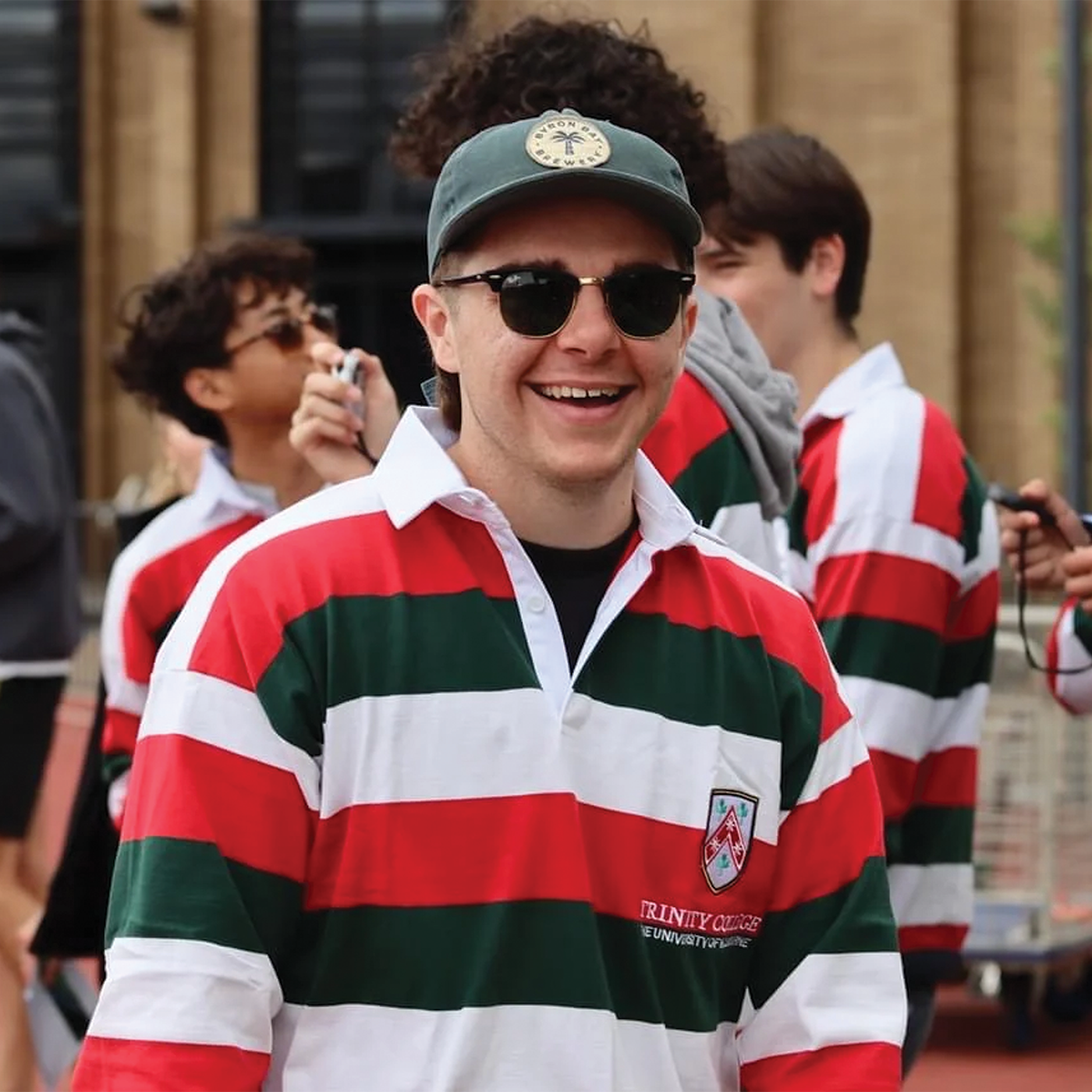
Peter Kalidonis on why making friends at uni is harder than you think
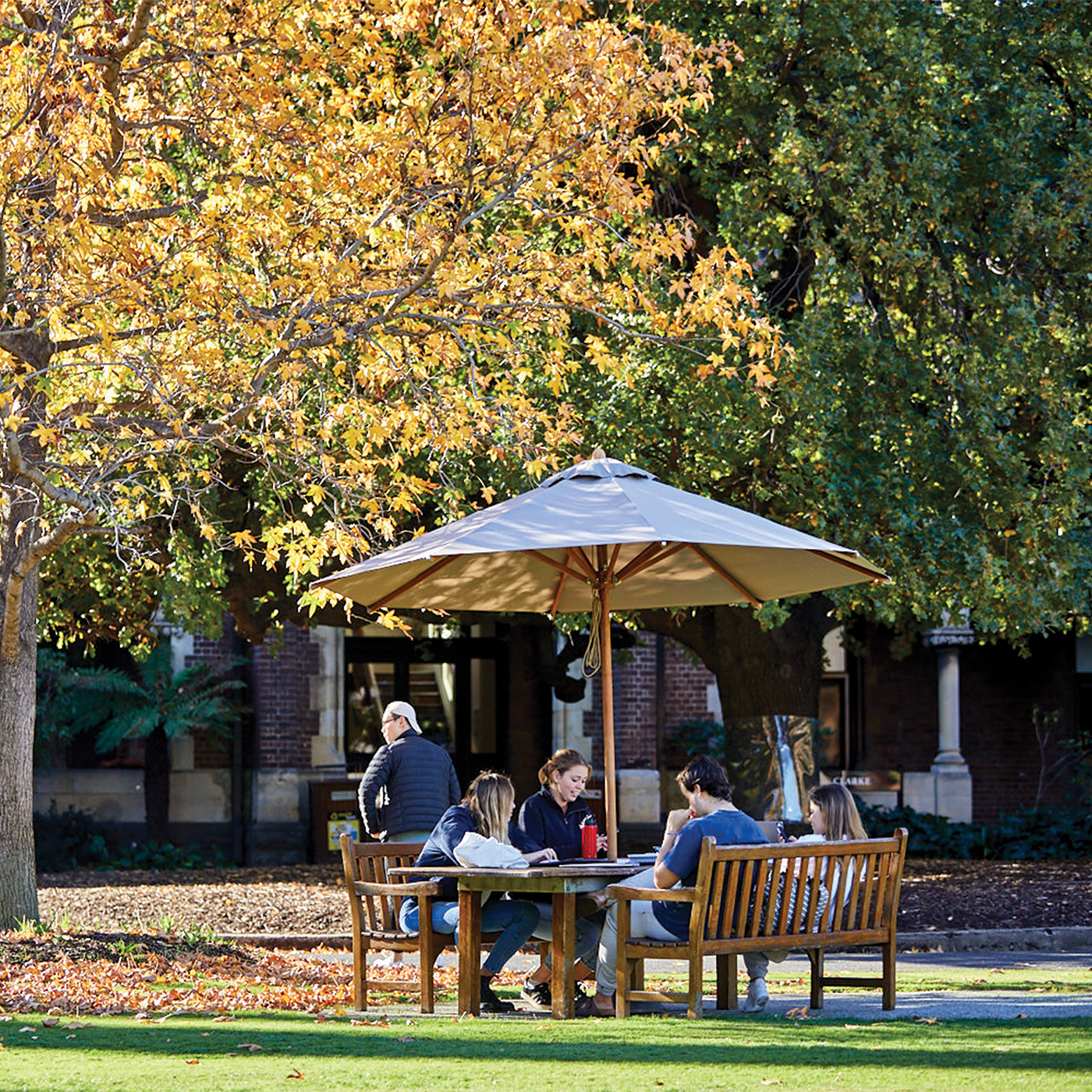
Residential college vs dorm in Australia: what's the difference?
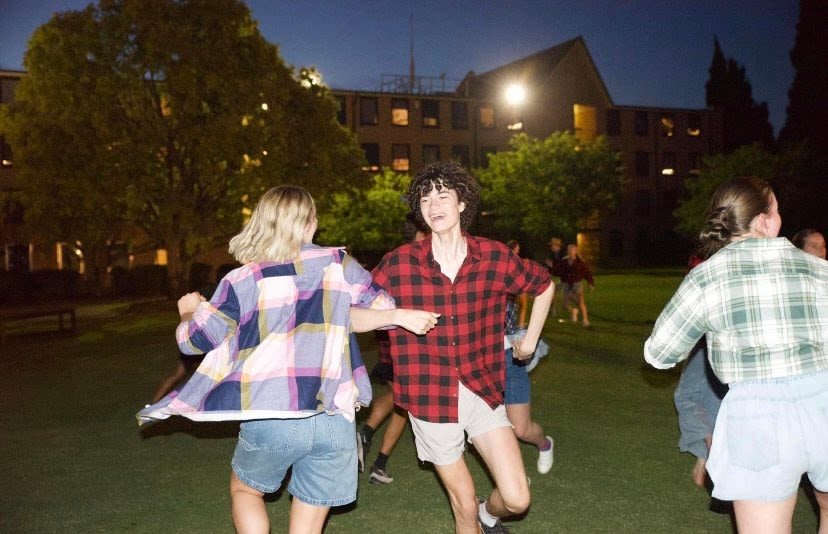
Sex and sexuality week: Kody shares his story of growing up gay in country Victoria
Trinity triumph in Men’s 1st VIII Rowing
-
News & Stories
- Our Theological School Student President's mission to champion a spiritual and welcoming environment
- Jack reaps the rewards after taking a leap of faith on Trinity College
- Trinity alum named in King's Birthday Honours 2025
- Trinity Deputy & Academic Dean appointed Fellow at Center of Theological Inquiry
- Meet Trinity's aspiring art curator Seb Moore
- Trinity College offers its congratulations to newly elected Archbishop of Melbourne, the Right Reve
- Events
- Art
- Music & Choir
- Campus Development Projects
- Visiting Scholars & Lectureships
- Accommodation for Visitors
- Short Programs
- Work at Trinity
